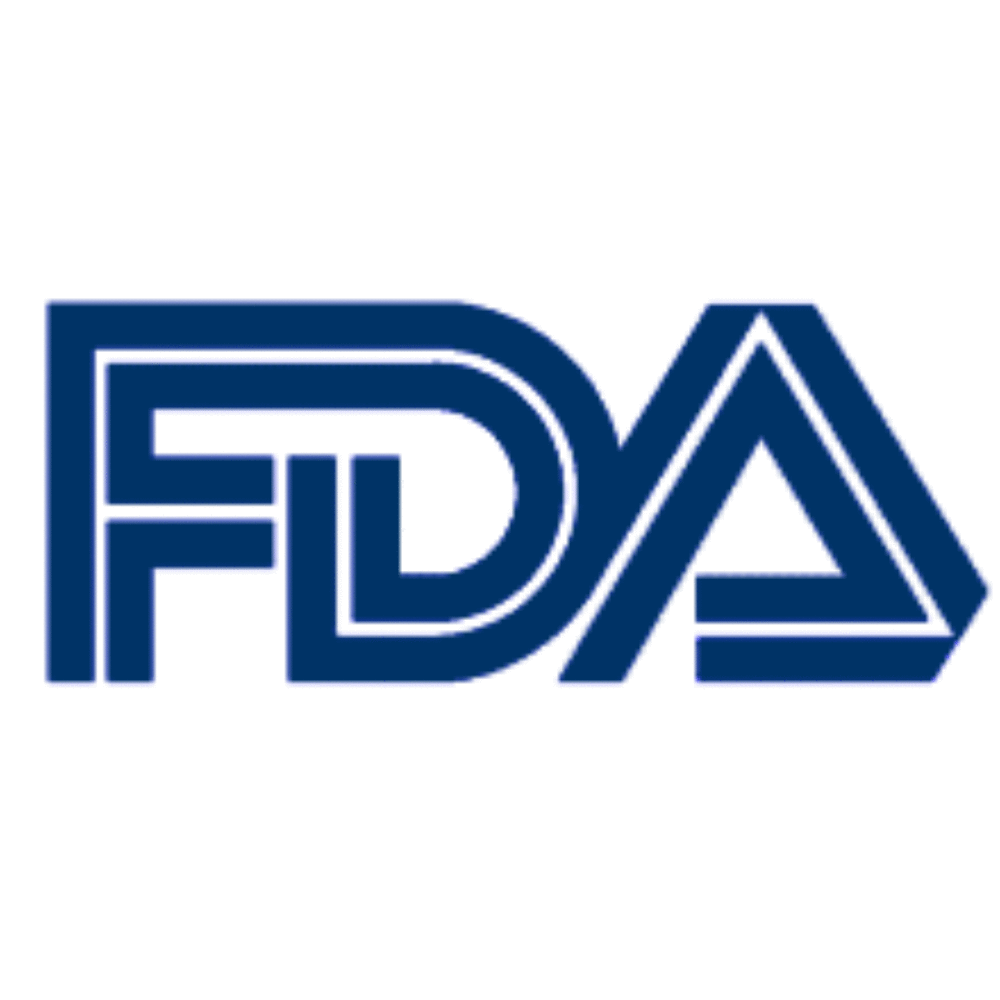Keppra Stevens-Johnson Syndrome Risk Being Evaluated by FDA

Federal drug safety reviewers are evaluating the potential risk of rare and sometimes fatal skin reactions known as Stevens-Johnson Syndrome (SJS) and Toxic Epidermal Necrolysis (TEN) among users of the epilepsy drug Keppra.
According to a quarterly list of drug’s the FDA is monitoring for potential safety issues, which was released on January 31, potential Keppra Stevens Johnson-Syndrome reports are being evaluated to detrmine whether there is any need for regulatory action.
Stevens-Johnson Syndrome, commonly referred to as SJS, is a painful and debilitating reaction that has been linked to the side effects of several other medications. It can cause the skin to burn, producing blisters, severe rashes and the skin may begin to separate from the body. When the skin lesions from SJS affect more than 30% of the body, the condition is typically referred to as toxic epidermal necrolysis (TEN). Treatment in a hospital Intensive Care Unit (ICU) or Burn Unit is often required, and the conditions can be fatal in many cases.

Did You Know?
Millions of Philips CPAP Machines Recalled
Philips DreamStation, CPAP and BiPAP machines sold in recent years may pose a risk of cancer, lung damage and other injuries.
Learn MoreKeppra is manufactured by UCB and approved for the treatment of seizures in adults and children ages 4 and up. Keppra is one of a group of newer anti-seizure drugs that the FDA has determined may increase the risks of suicide. In 2008, the FDA required Keppra and 10 other epilepsy drugs to carry label warnings regarding the increased suicide risks.
The FDA releases a quarterly list of drugs they are evaluating based on potential signals of serious risks identified through the Adverse Event Reporting System (AERS). This latest list includes reports received by the agency between July 2010 and September 2010.
In addition to Keppra side effects, the FDA has also placed the heart drug Multaq on the list due to the possibility that it could increase the risk of bleeding when combined with warfarin. The agency is already investigating the drug for potential liver damage side effects of Multaq, after the agency warned last month about reports of liver failure requiring a transplant in several individuals treated with the relatively new medication.
The list also includes Octagam 5%, a human immune globulin intravenous treatment that has been linked to blood clots and embolism, but an Octagam recall was issued in the U.S. on September 23, 2010 due to the reports of thromboembolic events.
Other medications included on the list are Tessalon (deaths from accidental ingestion by children), Epogen/Procrit (possible contamination with lamellae), Gemzar (veno-occlusive liver disease), Somatuline depot (pancreatitis, including hemorrhagic and necrotizing pancreatitis), Fosrenol (swallowing complications and GI obstructions attributed to tablet hardness), lithium citrate (Brugada Syndrome), Kaletra (serious adverse events in neonates), Actos (rhabdomyolysis), Ranexa (drug interactions with statis resulting in rhabdomyolysis) and Xyem (death); all of which are being evaluated for potential regulatory action.
Inclusion on the list does not mean that the FDA has concluded that the drug has the listed risk or that a causal relationship has been identified. After further evaluation, if the FDA determines the drug is associated with the risk, it may take a number of different regulatory actions, including making changes to the warning label, having the manufacturer to develop a strategy to minimize the risk or requiring additional data to be gathered to better characterize the risk.
Get more articles like this sent directly to your inbox.
"*" indicates required fields
2 Comments






ConstanceFebruary 12, 2021 at 2:15 pm
Keppra and it's generic brand caused me to have the opposite side effects. Ultimately causing life changing pain and suffering.
RichardApril 16, 2020 at 2:58 pm
I was put on Keppra by a doctor at a mental hospital without my knowledge or being explained anything about the meds. They had put me on the medication for seizures. I was at the hospital for about ten days upon my release they gave me a prescription for Keppra and said to keep taking it after two weeks I was admitted to the hospital than rushed to a better hospital for liver failure.. I spent a [Show More]I was put on Keppra by a doctor at a mental hospital without my knowledge or being explained anything about the meds. They had put me on the medication for seizures. I was at the hospital for about ten days upon my release they gave me a prescription for Keppra and said to keep taking it after two weeks I was admitted to the hospital than rushed to a better hospital for liver failure.. I spent a week in the hospital with some slight liver damage..